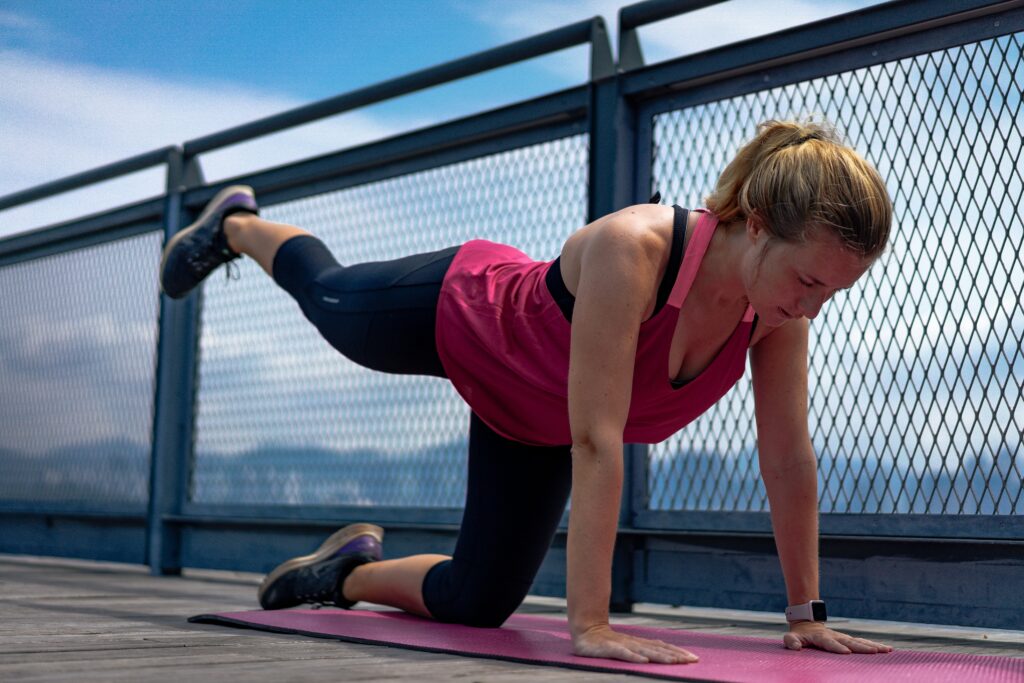Top 5 Running Workout Plans for Beginners: Start Your Fitness Journey Today

Running is a great way to get fit. It’s good for your heart, mind, and helps with weight. But starting can seem tough, even for beginners. The right plan can make anyone a confident runner.
This guide will show you the top 5 running workout plans for beginners. They help you get better, avoid injuries, and stay excited. Whether you want to run your first 5K or just add running to your routine, we’ve got you covered.
Why Running Is Great for Beginners
Let’s talk about why running is a great start for beginners:
- No Equipment Needed: Just a good pair of running shoes is all you need.
- Flexible: You can run almost anywhere, like outdoors, on a treadmill, or at a park.
- Scalable: Start slow and get faster as you get fitter.
- Health Benefits: Running is good for your heart, burns calories, and lowers stress.
Now, let’s look at the top 5 running workout plans for beginners.
1. The Walk-Run Method
What It Is:
The walk-run method is great for newbies. It mixes walking and running to build endurance without too much strain. This way, your body gets used to running slowly, reducing injury risk and making it more fun.
Workout Plan:
- Week 1-2: Start with a 5-minute walk, then run for 1 minute and walk for 2. Do this for 20-30 minutes.
- Week 3-4: Run for 2 minutes and walk for 1 minute.
- Week 5-6: Run for 3 minutes and walk for 1 minute.
Tips for Success:
- Focus on Form: Keep your posture right, shoulders relaxed, and arms at 90 degrees. Avoid big strides to prevent injuries.
- Use a Timer: A running app or timer helps keep you on track.
- Listen to Your Body: If you’re in pain or too tired, take a break or slow down.
2. The Couch to 5K Plan (C25K)
What It Is:
The Couch to 5K plan is a 9-week program. It helps beginners go from no running to a 5K (3.1 miles) in just 9 weeks. It’s structured, easy to follow, and has helped millions start their running journey.
Workout Plan:
- Week 1: Run for 60 seconds, then walk for 90 seconds. Repeat for 20 minutes.
- Week 4: Run for 3 minutes, walk for 90 seconds, run for 5 minutes, walk for 2.5 minutes, and repeat.
- Week 9: Run for 30 minutes without stopping.
Tips for Success:
- Stay Consistent: Stick to the plan as much as you can. If needed, repeat a week.
- Invest in Good Shoes: The right shoes can prevent injuries and make running more comfortable.
- Celebrate Milestones: Every week you finish is a victory. Reward yourself to stay motivated.
3. The 30-Minute Beginner Running Plan

What It Is:
This plan is perfect for new runners. It helps you run for 30 minutes, three to four times a week. It’s a simple way to start a running habit and increase your time gradually.
Workout Plan:
- Week 1-2: Run for 1 minute, then walk for 2 minutes. Keep doing this for 30 minutes.
- Week 3-4: Run for 2 minutes, then walk for 1 minute. Repeat for 30 minutes.
- Week 5-6: Run for 5 minutes, then walk for 1 minute. Repeat for 30 minutes.
- Week 7-8: Run for 10 minutes, then walk for 1 minute. Repeat for 30 minutes.
Tips for Success:
- Focus on Consistency: Stick to the plan and aim to run at least three times a week.
- Stretch Regularly: Stretching before and after your runs can improve flexibility and reduce soreness.
- Hydrate and Fuel: Drink water before and after your runs, and eat a balanced diet to support your energy levels.
4. The Heart Rate-Based Running Plan
What It Is:
This plan uses your heart rate to guide your running intensity. It ensures you stay in the optimal zone for fat burning and endurance building. It’s a science-backed approach that helps you train smarter, not harder.
Workout Plan:
- Calculate Your Target Heart Rate: Subtract your age from 220 to find your maximum heart rate (MHR). Aim for 60-70% of your MHR during runs.
- Week 1-2: Run at 60% of your MHR for 20 minutes, three times a week.
- Week 3-4: Increase running time to 30 minutes at 65% of your MHR.
- Week 5-6: Run for 40 minutes at 70% of your MHR.
Tips for Success:
- Use a Heart Rate Monitor: A fitness tracker or chest strap can help you stay in the target zone.
- Adjust Your Pace: Slow down if your heart rate exceeds the target range.
- Incorporate Rest Days: Recovery is essential for progress. Take at least one rest day per week.
5. The Time-Based Progression Plan
What It Is:
This plan focuses on gradually increasing your running time. It’s perfect for beginners who want to build endurance at their own pace. It’s flexible and adaptable to your fitness level.
Workout Plan:
- Week 1-2: Run for 10 minutes, three times a week.
- Week 3-4: Increase running time to 15 minutes per session.
- Week 5-6: Run for 20 minutes per session.
- Week 7-8: Run for 25-30 minutes per session.

Tips for Success:
- Start Slow: Focus on completing the time, not the distance.
- Track Your Progress: Use a running app or journal to monitor your improvements.
- Add Strength Training: Incorporate exercises like squats and lunges to build muscle and prevent injuries.
Tips for Beginner Runners
- Invest in Proper Gear: A good pair of running shoes and moisture-wicking clothing can make a big difference.
- Warm Up and Cool Down: Spend 5-10 minutes warming up before your run and cooling down afterward.
- Listen to Your Body: If you feel pain or excessive fatigue, take a break or reduce intensity.
- Stay Consistent: Consistency is key to building endurance and seeing progress.
- Set Realistic Goals: Whether it’s running for 20 minutes straight or completing a 5K, set achievable goals to stay motivated.
Frequently Asked Questions (FAQs)
1. How often should beginners run?
Beginners should aim to run 3-4 times a week, allowing rest days for recovery.
2. What’s the best time of day to run?
The best time is whenever you feel most energized and consistent. Morning runs can boost metabolism, while evening runs can help relieve stress.
3. How do I prevent injuries as a beginner?
Start slow, wear proper shoes, and incorporate strength training and stretching into your routine.
4. Can I run on a treadmill as a beginner?
Yes, treadmills are a great option, as they let you control speed and incline.
5. How long does it take to see results from running?
Most beginners notice improved stamina and energy levels within 2-4 weeks of consistent running.
Conclusion
Starting a running routine doesn’t have to be intimidating. With the right plan, you can build endurance, improve your health, and even discover a new passion. Whether you choose the walk-run method, Couch to 5K, or another plan, the key is to stay consistent and enjoy the process.
So, lace up your running shoes, pick a plan, and take the first step toward a healthier, fitter you. Don’t forget to share this guide with others who might benefit from it. Happy running!







